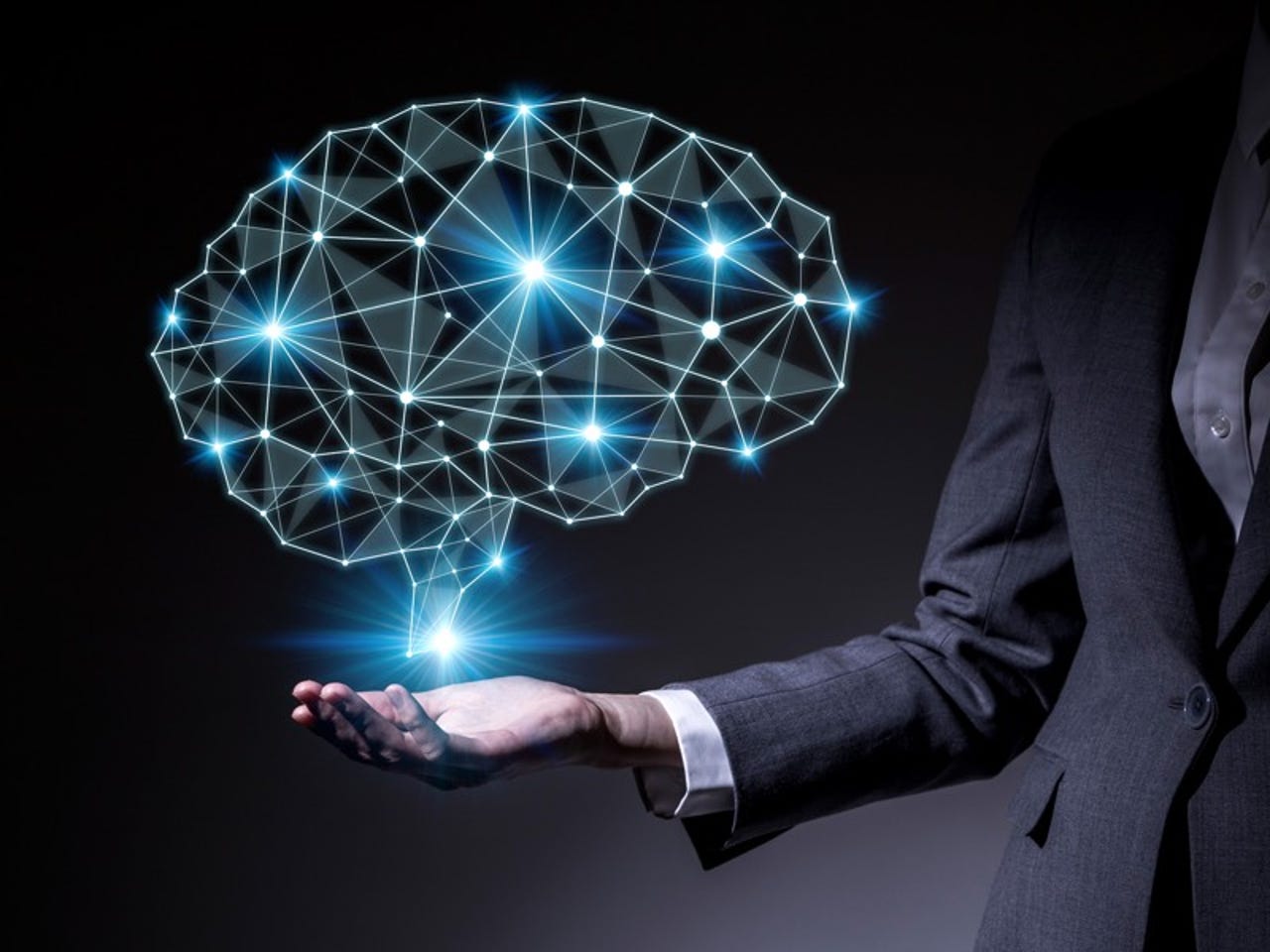Will energy companies strike oil with AI?


Some businesses, including energy companies, have been somewhat slow to adopt artificial intelligence (AI) tools, perhaps due to concerns about security, cost, or just a lack of knowledge about the best applications of AI and benefits they might receive.
AI has the potential to provide immediate impact within companies such as oil and gas providers, enabling them to cut expenses, increase productivity, and even revolutionize the way they work, according to experts.
For example, key applications of AI within the energy industry might include sourcing the best drilling locations and decreasing the number of "false positives"; quickly analyzing historical data to provide recommendations on the best ships for trading companies; and determining the most cost- and time-efficient route for a ship carrying gasoline, taking into consideration issues such as supply, weather and natural disasters.
For oil and gas companies, there are several primary drivers for adopting AI early, said Rashed Haq, global lead for artificial intelligence at technology consulting firm Publicis.Sapient.
One is the cost of production. "There continues to be long-term price uncertainty, so the earlier that companies can improve production, refining, and distribution costs, the better," Haq said. Many applications of AI can reduce exploration and production costs, he said. "While not every use case has been deployed by any single company, there has been enough application of AI technologies in various processes that we can estimate about a 10 percent reduction in [exploration and production] cost over time.
Another is an aging workforce in the industry. "Some estimates say 30 percent to 40 percent of the workforce in oil and gas will retire in the next decade, taking with them much of the knowhow that these companies rely on," Haq said. "Moving to robotic process automation, and building knowledge-based expert assistants can go a long way to mitigate for workforce aging for skilled labor," he said. "This is not just a cost savings issue, which has been estimated at close to 20 percent to 40 percent savings, but also a potential ability-to-operate issue."
In addition, general and administrative (G&A) expenses for companies continue to rise. "G&A for many of these firms has grown disproportionately over the last few decades, and can create a $3 per barrel difference in cost for many firms," Haq said. "But even the firms on the lower end of G&A can show significant improvement," with AI.
Finally, AI can address the safety and risk management issues companies face. "Improved safety and risk management [is] always hard to tame because it is not always detectable early," Haq said.
"AI-based early warning systems have obvious benefits. Even reduction of false alarms by applying AI as some companies have implemented can save up to 50 percent of engineering time because not every alarm has to be manually investigated."
Among the various types of AI applications that can help with addressing these issues are better decision making in the seismic analysis to reduce exploration costs; machine learning predictive maintenance of wells, pipes and other assets; and optimizing logistics operations to improve stock levels, loss, etc.
Others include robotic or intelligent process automation for the many repetitive tasks, automation of tasks such as ship vetting, and improved automated drilling with lower cost and better equipment lifetime, Haq said.
"There are some aspects that couldn't be done before that help [from AI], meaning that these are not things that are just reducing cost of manual labor, but processes that are qualitatively different such as moving from single-variable based drilling planning and strategy to multi-factor based usage," he said. "Real-time usage of this can improve drill direction, penetration rate, etc."